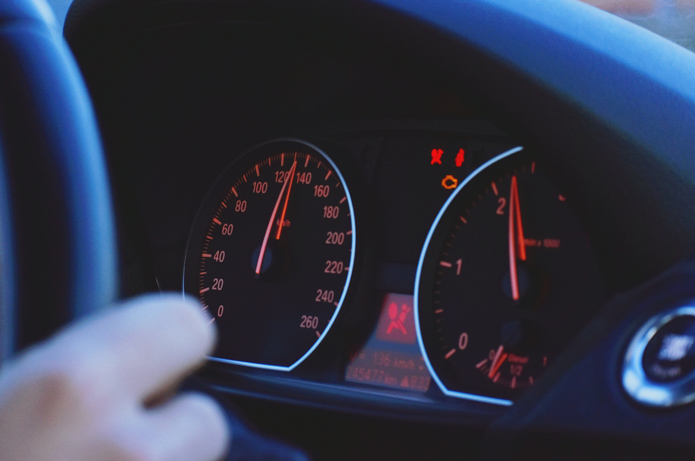Magazine
Limp mode
Initially, it can be worrying when your vehicle enters ‘limp mode’, but it may be something as inconsequential as a 15-minute repair. Ultimately, though, don’t ignore the warning light, as it may come back to haunt you.
- Sudden loss of power
- What causes ‘limp mode’
- Can driving in limp mode be dangerous?
When an athlete pulls up while sprinting, it’s likely they’ve injured their hamstring. They’ll lose performance, limp off the track and require treatment: the analogy is the same for your vehicle should it enter ‘limp mode’.
On the motorway, it may have been running smoothly then, suddenly, it loses power and needs attention.
Also known as ‘limp home mode’, limp mode is a security feature, which is activated when either a vehicle’s engine control unit or transmission control unit detects a fault. It is designed to protect the engine and transmission from catastrophic damage or complete failure.
Sudden loss of power
Should you be unaware of this feature on your vehicle, it can be disconcerting if limp mode flashes up on your dashboard during a journey, particularly if you’re driving at speed. The vehicle will not come to a halt, but its speed and performance will be greatly reduced.
The vehicle will run at a relatively low speed, usually between 30 and 45mph, the engine will operate at low revs to avoid further damage to whatever is going on under the bonnet, and some of the less vital features you normally make use of, such as the air conditioning for example, might temporarily stop working to protect the vehicle’s other systems.
Thankfully however, you should still be able to either drive home or to the nearest workshop. Either way, a technician will be required to diagnose and solve the problem. They will use a device called a diagnostic tool to search and analyse your vehicle thoroughly to determine what is wrong with it.
The tool will provide error codes on its screen, which will allow the technician to understand where the problem lies and inform you what can be done about it.
What causes limp mode?
From faulty engine sensors, components or wiring, transmission issues, brake and clutch problems to a blown head gasket, or even low fluid levels, there are many reasons why your vehicle will enter limp mode.
Can driving in limp mode be dangerous?
While entering limp mode is geared to protecting your vehicle from additional damage, should you choose to ignore the warning signs and continue to drive the vehicle for prolonged periods, the engine can overheat, generate further warning lights, and ultimately refuse to start again if you switch the engine off, so don’t ignore it.
Limp mode can also be masking a severe problem, which, if left unchecked through fear of an expensive repair job, can put you and others in danger. However, as mentioned before, the warning light may be down to something trivial, but don’t take the risk, take it to a professional repairer as early as possible. It may not be an expensive job either; for example, your vehicle may simply need a top-up of transmission fluid, or a wire may need to be reconnected, both of which are quick, easy and inexpensive jobs.
To return to the analogy, when the athlete is injured, they rest and receive treatment, to ensure they’re able to run at full speed as quickly as possible in future, so do the same with your car.

